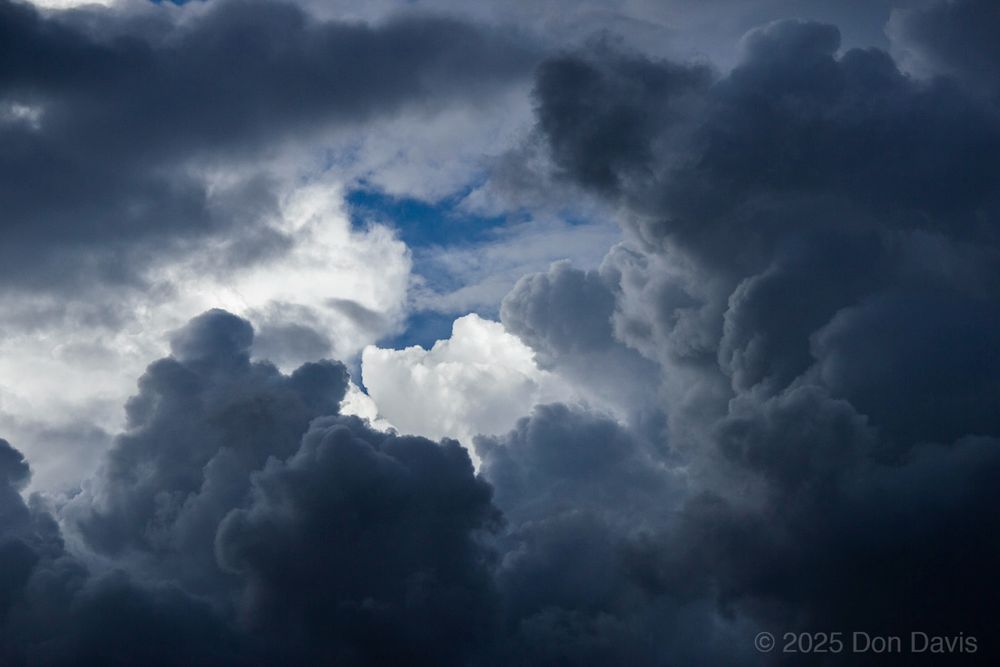Don Davis
@ddavisspaceart.bsky.social
2K followers
97 following
450 posts
Space Artist, sky observer and photographer. Processor of space images. Interested in Astronomy, Planetary Geology, history and in what the future may bring.
Posts
Media
Videos
Starter Packs
Don Davis
@ddavisspaceart.bsky.social
· Sep 7
Don Davis
@ddavisspaceart.bsky.social
· Sep 5
Don Davis
@ddavisspaceart.bsky.social
· Sep 5
Don Davis
@ddavisspaceart.bsky.social
· Sep 5
Don Davis
@ddavisspaceart.bsky.social
· Sep 5










